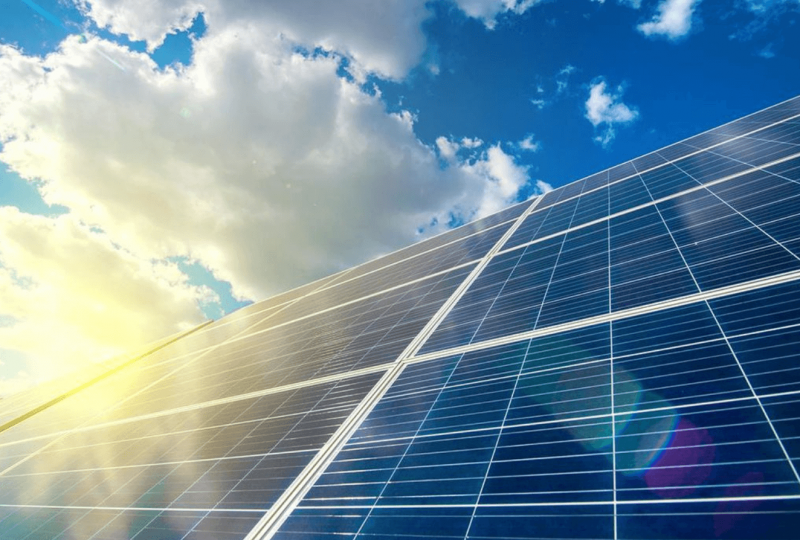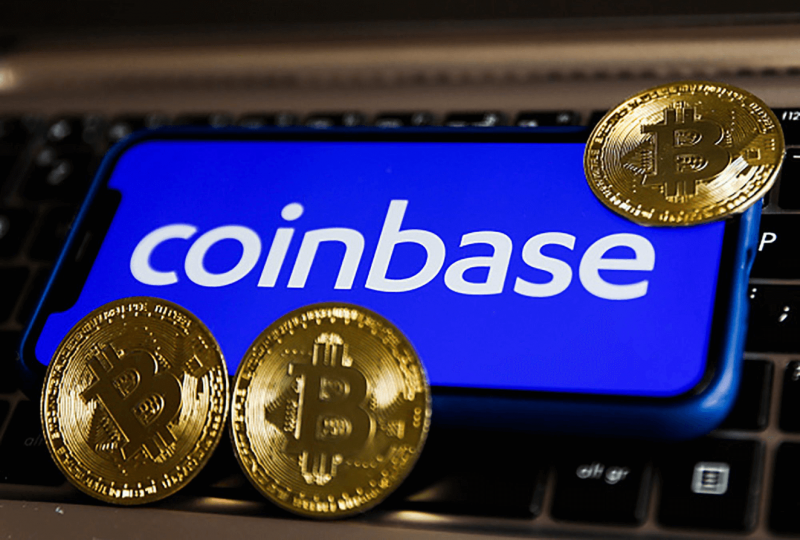The U.S. Solar Boom Is Only Just Beginning
Nov 15, 2021

Solar power in the United States has a bright future as demand rises from 2020, with solar firms reporting positive revenue growth as high energy prices encourage customers to seek out alternative energy sources. Following COP26, the United States appears to be on track for a solar boom over the next decade.
Sunrun stated last week that its income for the quarter had quadrupled when compared to the same time in 2020. The client base of the American solar energy company has surpassed 630,000, with revenues of $439 million, compared to the expected $414 million. With the purchase of Vivint Solar in July 2020, the firm became the largest domestic solar panel installer in the United States.
While SunPower's third-quarter results were lower than expected, with revenues of $324 million vs an expected $333 million and shares down roughly 9%, the company is contemplating a reorganization to meet rising demand in the domestic market. With about 390,000 residential consumers, SunPower has expanded its customer base by 29% year over year.
Following its $145 million acquisition of solar business Blue Raven in October, SunPower said this month that it will restructure the company to focus on the residential sector. As it transitions, the company is searching for a buyer for its commercial and industrial operations, with Blue Raven's large residential customer base of over 20,000 in some of SunPower's underserved locations presenting considerable expansion possibilities across the United States.
"The facts are the home market is larger, faster-growing, and more profitable," SunPower CEO Peter Faricy said of the shift away from commercial operations. "[Residential] is the ideal sector for us to focus on as we move forward," he says, "and I think we anticipate investors to respond positively."
Only around 2.7 million households in the United States had solar panels installed by the end of 2020, indicating a substantial possibility for growth in the US industry as President Biden advocates for a transition away from fossil fuels and toward renewable alternatives. Several recent studies predict that solar energy use will skyrocket in the next decade, spanning both residential and business industries. And the supply prognosis is bright, with the Biden administration's Solar Futures Study (SFS) estimating that solar energy may provide 40% of the country's electrical demands by 2035.
Other optimistic assessments, such as the research published by Nature Communications, predict that wind and solar power might supply more than 80% of the country's energy consumption in the next decade. The study does, however, emphasize the challenge of depending on wind and solar electricity because it is dependent on the region's meteorological conditions, which may fluctuate. As a result, the study underlines the need of developing power-sharing methods, in which high-wind locations might be matched with high-sun areas to assure power supply.
However, as the energy shift takes root in the United States, some are concerned about the availability of solar electricity. Following the pandemic's constraints, which resulted in labor and material scarcity, the solar market is now facing increased materials costs as a result of the spillover impact of high energy prices, putting the manufacturing industry at risk. While the solar business in the United States is quickly increasing, delays in part manufacture might pose a bottleneck; also, if parts and installation prices rise as projected, customers may be hesitant to participate in solar energy.
Furthermore, solar and wind energy providers are unprepared to satisfy the enormous rise in demand that has resulted from the current green drive. "We need to go to net zero as quickly as feasible," analyst Jenny Chase told Bloomberg. "To achieve that, we just need so much solar and wind." We're not on pace; we need to drastically increase all of this."
Solar panel installation delays are likely to be rectified by late 2022 when additional solar facilities are built to satisfy rising demand. Meanwhile, the United States will continue to rely largely on fossil fuels to close the deficit, even as carbon emissions rise. As heads of state and international organizations advocate for a clean energy transition, there has been clear underinvestment in the wind and solar power, resulting in the worldwide energy industry's significant under-preparedness in delivering renewable energy to the world's rising population.
The US government is promoting the uptake of solar power by providing subsidies to customers who engage in the transition, while public and private investment in solar energy continues to rise. Customers will receive a 26 percent tax credit for systems built between 2020 and 2022, with the tax credit dropping to 22 percent in 2023, the expected peak year for solar installation over the next decade. It's unclear whether or not this program will be continued in 2024.
There is considerable potential for solar power in the United States, and with positive reports from Sunrun and SunPower, as well as the promise of increased public and private investment in solar energy following COP26, supply might rise to meet demand. However, in order to achieve Biden's promise of a green energy transition, government subsidies are required.




